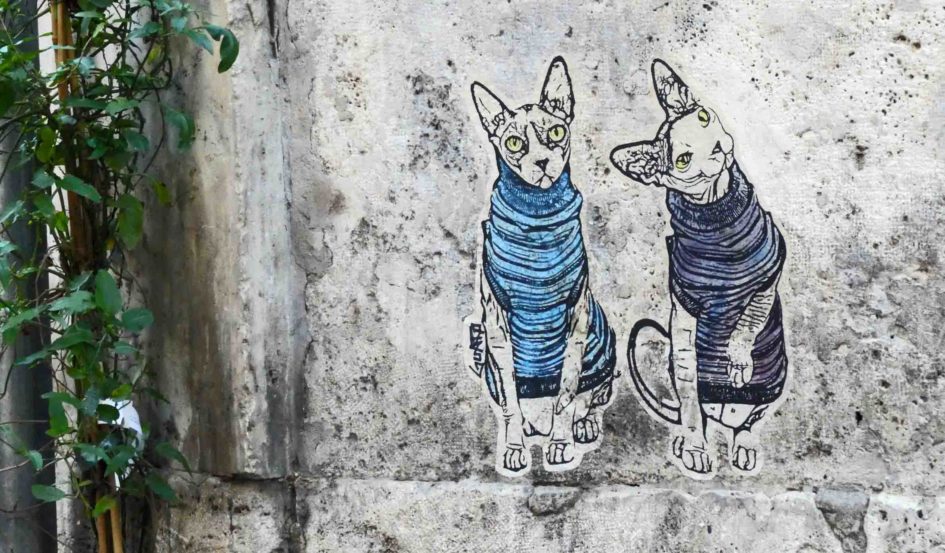From its earliest days Rome has been divided into a number of districts. In the 6th century BC the king Servius Tullius decreed the city to have 4 districts or rioni (from the Latin regiones) and for the next 2,500 years or so – as the city enjoyed periods of extraordinary growth and survived devastating destruction – the number, names and boundaries of Rome’s districts varied according to the administrative and religious inclinations of its rulers at the time.
In the late 16th century the city was organised into 14 rioni, by 1929 there were 22. Rome’s historic centre today is divided into those same 22 districts. As the city continued to expand, new areas were designated quartieri, suburbi and zone (furthest from the centre), but no new rioni were added.
As well as having its own name, number and coat of arms, each rione also has a distinctive character. We live in Rione I, Monti (named for the hills within its boundaries). It’s one of the city’s oldest residential areas and includes many significant archaeological sites.
Monti’s history is very much working class, but these days the district is sought-after real estate and the local streets and lanes are filled with family-run trattorias and trendy wine bars.
We’re really enjoying our explorations of Rome’s neighbourhoods (and occasional excursions out into the quartieri). Most mornings we open the map, choose a district and start walking. And as we wander it seems that around almost every corner there’s something new – or old – to delight us. It’s a wonderful way to get to know Rome and its rioni.


01/16/2018 at 10:50 pm
How totally fascinating!
We would have knocked it all down and put up ugly glass boxes only to repeat the exercise every 20 years or so.
01/16/2018 at 9:37 pm
What great history!! Town Planning 3000? And again, fab pics Mama! 😘😘